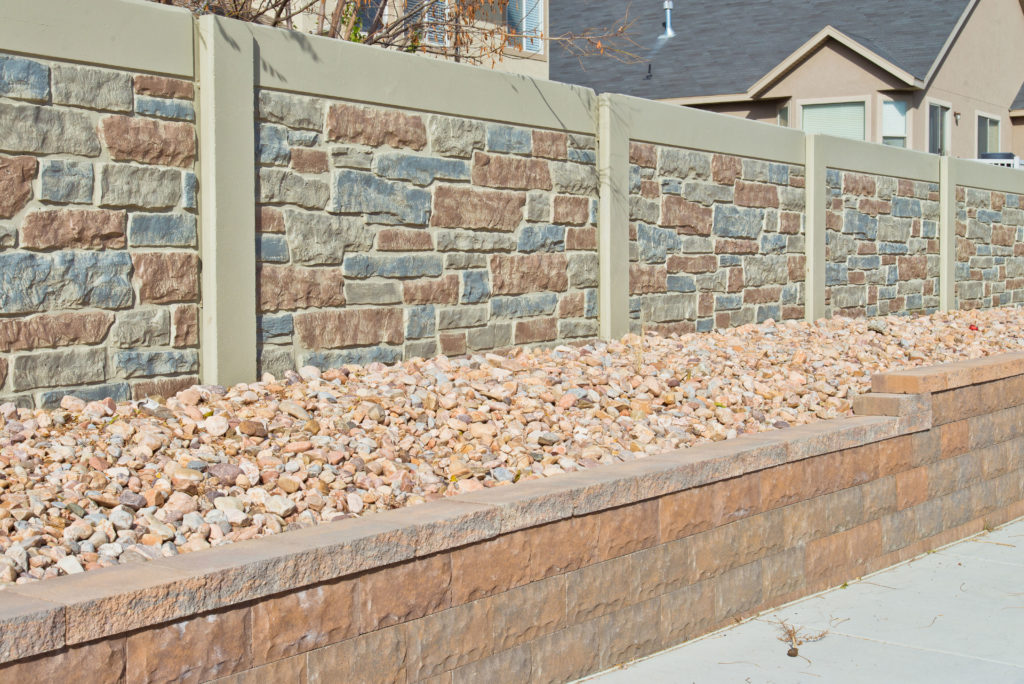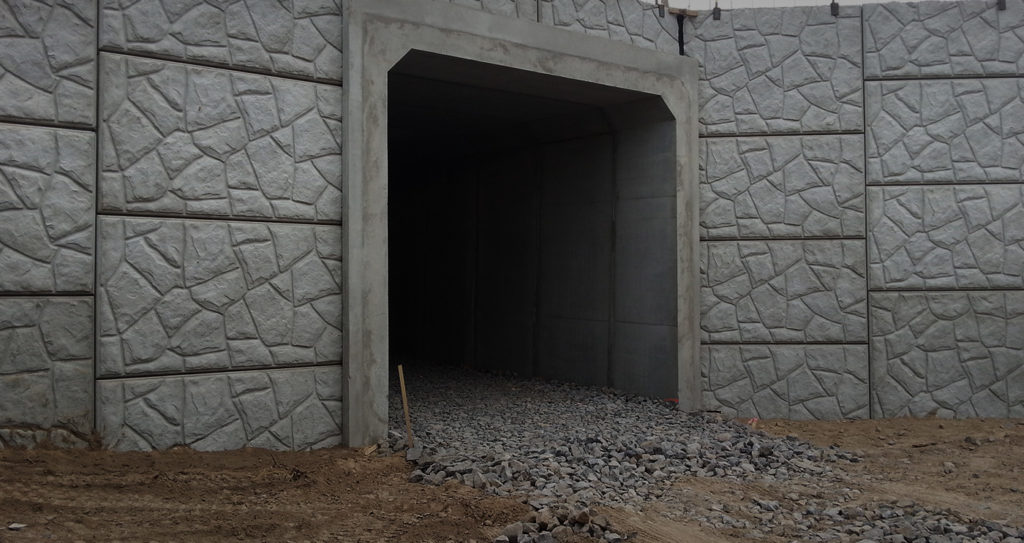Concrete is one of the most commonly used building materials across the globe. Look around and you’ll see it almost everywhere. Bridges, roadways, airport runways, sidewalks, swimming pools, patios, and floors are just a few things that are built from concrete.
Did you know that there are many different types of concrete, each with a variety of uses? Because it is one of the most versatile and customizable building materials out there, it takes on many forms and purposes. Companies continue to develop and manufacture new types of concrete to meet the changing needs of customers. In this article, we will talk about a few of the different types of concrete and their uses.
To put it simply, concrete is a mixture of water, cement, and coarse aggregates. A manufacturing plant combines these elements to make concrete, though some types of concrete are mixed directly at the construction site. After the concrete is mixed, it’s poured into a mold and allowed to cure. As you’ll learn below, the process and mixture vary with each type of concrete.

There are many different forms of concrete, each with specific uses and functions. We’ll break some of them down here below.
Normal strength concrete is a mix of a few elements, such as water, cement, and aggregate. This fast-setting compound is susceptible to damage because of its lack of tensile strength. Engineers use normal strength concrete for buildings or pavement that do not need high tensile strength.
Buildings, pavement, and dams are all projects that are constructed with plain or ordinary concrete. This type of concrete mix is one of the most common, with a mix design of 1:2:4 ratio of its components of cement, sand, and aggregates. Plain or ordinary concrete is used where there is not a demand for high tensile strength. Similar to normal concrete, it has the challenge of not standing up well to wind loading or vibrations.
Reinforced concrete is a composite material with low tensile strength. Because it is weak, it’s reinforced with steel bars before it sets. During construction, the reinforced steel bars are placed in the formwork. Some common types of forms are steel rebars or prefabricated steel cages. After the forms are set up, the concrete is poured and vibrated with a device to ensure proper collaboration between the two materials. Reinforced concrete is commonly found in roadways, bridges, and buildings.
Prestressed concrete is manufactured using a special technique. Similar to reinforced concrete, it uses tendons or bars. However, the main difference between the two is that the bars in prestressed concrete are stressed before the application of the concrete. During construction when the concrete is mixed and placed, the prestressed bars are placed on the ends of the structural unit. While the concrete sets, the unit is compressed.
In other words, prestressed concrete carries the stresses of the load throughout the entire structural element. This type of concrete manufacturing requires heavy equipment and skilled labor. It is common for prestressed units to be created and assembled at the construction site. Heavily loaded structures, like roofs or bridges, often use prestressed concrete units.

Precast concrete can be designed and built for a variety of uses. Made by casting concrete into a reusable mold, or form, precast concrete is then cured in a controlled environment. After it has been cured, it’s transported to the construction site and put into place. Multiple precast structures join together to form a complete structure, such as walls and floors.
The uses for precast concrete are almost endless and it is used in many different types of industries. In the wastewater industry, precast products store water and other bulk liquids. In the agricultural industry, precast products support bunker silos, agricultural fencing, cattle feed bunks, and watering troughs. It is also commonly fabricated and installed in construction projects like bridge systems, railroad ties, and tunnel segments, box culverts, noise walls, and concrete barriers.
For residential construction, precast concrete is even used to build decorative, protective fencing around private properties.
Lightweight concrete, also known as cellular concrete, is made with different types of aggregates. These types of aggregates include scoria, pumice, clays, and shales. Easily poured and self-leveling, it is known as flowable concrete. Perhaps the most important property of lightweight concrete is its low thermal conductivity. Uses for lightweight concrete include protecting steel structures, as well as fabricating long-spanning bridge decks, building blocks, window panels, floor slabs, and roofs.
Concrete with the highest density is high-density concrete. This type of concrete is exceptionally strong and is manufactured using coarse aggregate and crushed rocks. High-density concrete has a very specific purpose; it is used primarily for radiation shielding. Engineers often select this type of concrete for use in power plants because of its ability to protect from neutrons, radiation, and gamma rays.
This type of ready-mix concrete is mixed at the construction site. It was created as a solution to construction sites that were too far away from a concrete plant to effectively transport premixed concrete. Specialized trucks called volumetric mobile mixers carry the water and concrete ingredients to the construction site where both are then combined to create the concrete. Volumetric concrete is particularly useful when a builder needs a few different kinds of concrete on one site. Because the truck can mix several types of concrete, volumetric concrete often appears on large project sites.
Smart concrete is the concrete of the future. Smart carbon fibers are mixed into the concrete with the help of a conventional concrete mixer. Should the concrete encounter strain or dress, the smart fibers can detect possible problems before the concrete fails. It is excellent at sensing tiny structural flaws. Concrete experts believe that it will be the building material of choice in the future for cities that face repeated earthquake risks. After an earthquake, the smart concrete allows engineers the possibility to check the health of structures which is a better assessment of their condition than just a visual inspection.

Harper Precast is one of the leading manufacturers of different types of concrete in the state of Utah. Our 53-acre production facility is located adjacent to the I-15 Interstate on the northern end of Salt Lake City, which means it is easily accessible to businesses and residents along the Wasatch Front. We are also able to provide service to the Intermountain West and West Coast.
Our talented team of concrete experts works with you to design and manufacture the precast concrete needed for your project. We can fabricate a wide variety of precast products, from interstate highway bridge systems to precast concrete mailboxes. Take advantage of the versatility, efficiency, and resiliency of our products. Contact us today.